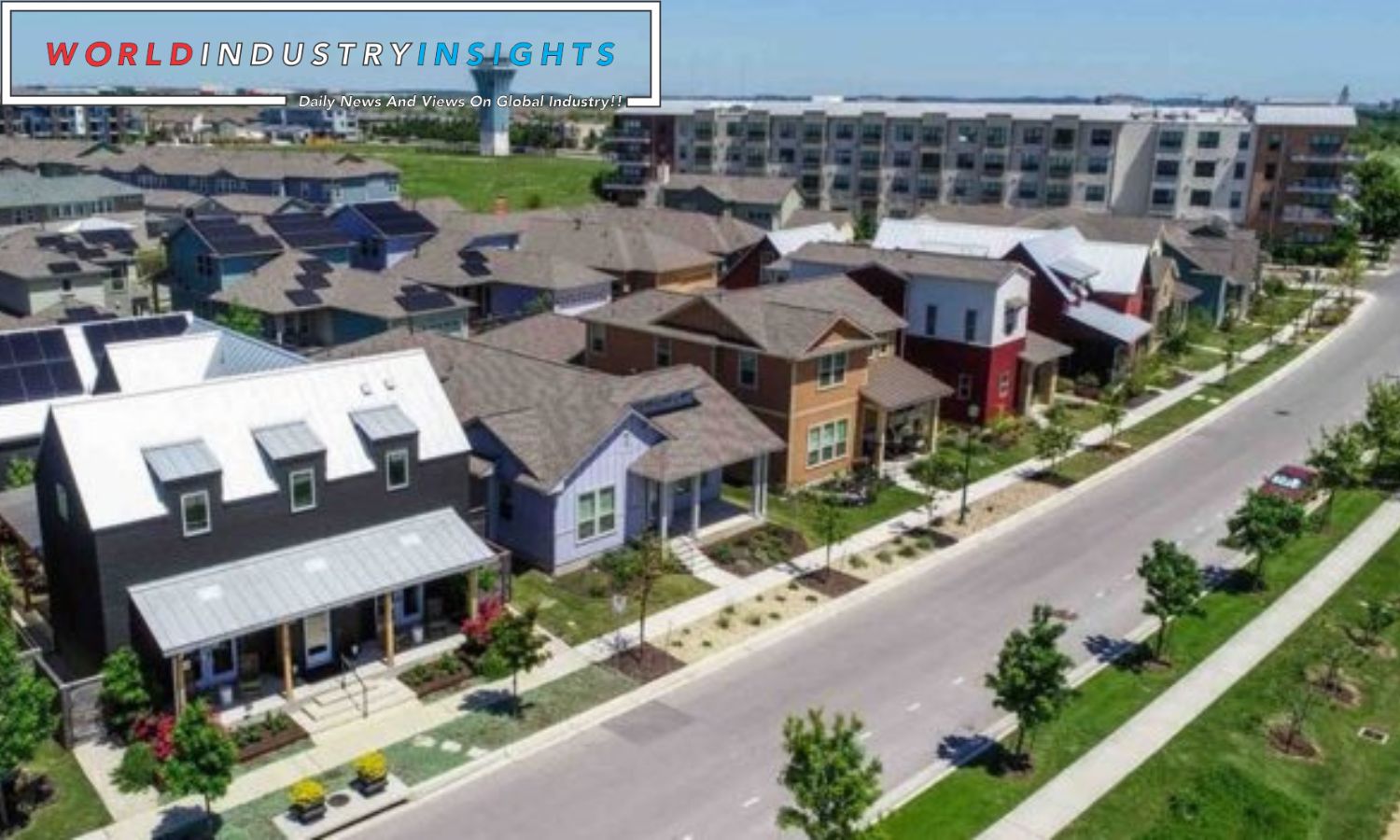High Density Housing Australia: High Density Housing Australia: In Australia, especially for younger people, owning a property can seem unattainable. This issue is exemplified by 21-year-old University of Sydney student Sharath Mahendran. Mahendran perceives a major gap between the “Australian Dream” and his current affluence, unlike his parents, who bought a different house on a quarter-acre property in the 1990s.
Although his parents have helped him a lot and he has worked at the same job for ten years and saved wisely, Mahendran is not sure if he can buy a home in the neighborhood he desires. Living in Sydney’s most distant area.
Mahendran joined Sydney’s new YIMBY (Yes In My Backyard) campaign to address this structural issue. This average group is working hard to promote house occupancy. Large-scale, high-density building projects, especially in regenerated and gentrified cities, are strongly opposed by NIMBY groups. This view is the opposite.
Australia’s low population density and large open spaces make it unusual that it’s having difficulties filling housing units. However, decades of low-density suburbia caused this issue. The most populous U.S. cities are struggling due to growing property costs, interest rates at a 10-year high, and stagnant earnings. Sydney’s population has expanded by almost a third to 5.3 million in 20 years. Because of this, housing expenses have gone from a simmering issue to an electoral issue.
The Yes In My Back Yard (YIMBY) movement shows that Australians are rethinking city growth. After the epidemic, the increased expense of living has created a new want: shorter commutes and better urban facilities. Mahendran best expresses his willingness to trade a large garden and a nice car for a property near a transportation hub.
Also Read: Record High Mortgage Rates: Impact on Homebuyers and the Market
A new New South Wales Productivity Commission report supports this position. More people in the same places may save A$75,000 per dwelling unit on infrastructure, they discovered. This was achievable because more people lived together.
“By choosing vertical growth over horizontal sprawl, cities not only improve their ability to protect the environment, but they also make the best use of their land,” argues noted Australian National University researcher Liz Allen. “Vertical growth maximizes city land use.”
Justin Simon launched the Yes In My Backyard (YIMBY) movement, which has had some tiny but encouraging successes. The successful campaign against heritage labels that would hinder new developments and the establishment of a community of homeowners who recognize dense, walkable areas are good for society are examples.
No one expected this new force could find legislative allies. PM Anthony Albanese will fulfill a campaign commitment to build 1.2 million houses in five years. This commitment is backed by a $3 billion government incentive programme. States that build more dwellings than required earn this money. While political power is rising, a Redbridge study found that Australians are increasingly open to taller and denser housing, especially those under 39. Under-39s want higher, closer-together dwellings.
As Australia navigates this crossroads, the definition of happiness may change significantly. The political will, economic rewards, and, most significantly, public opinion will determine how long this transformation lasts.
Our Reader’s Queries
What are examples of high density housing?
High density housing is a type of housing development that has a higher population density than the average. This includes high rise apartments, which are considered high density when compared to single-family homes or condominiums. Additionally, high density real estate can be created from empty or abandoned buildings.
Why are Australian houses elevated?
Elevated housing was not a new concept when it first appeared in Queensland. Researchers have found evidence of similar structures in other parts of the world, where they were built to create a cooler living environment or to avoid flooding. The elevated form of these homes was a practical solution to the challenges faced by their inhabitants.
What is the most common type of housing in Australia?
Homes in Australia are predominantly houses, which are highly coveted. The quintessential Australian Dream is often associated with a standalone house on a spacious block of land.
Is there actually a housing shortage in Australia?
Australia has been grappling with a housing shortage for two decades now. According to a recent report by Grattan, there are only 400 dwellings available for every 1,000 people. This alarming statistic highlights the urgent need for action to address the housing crisis in the country.


